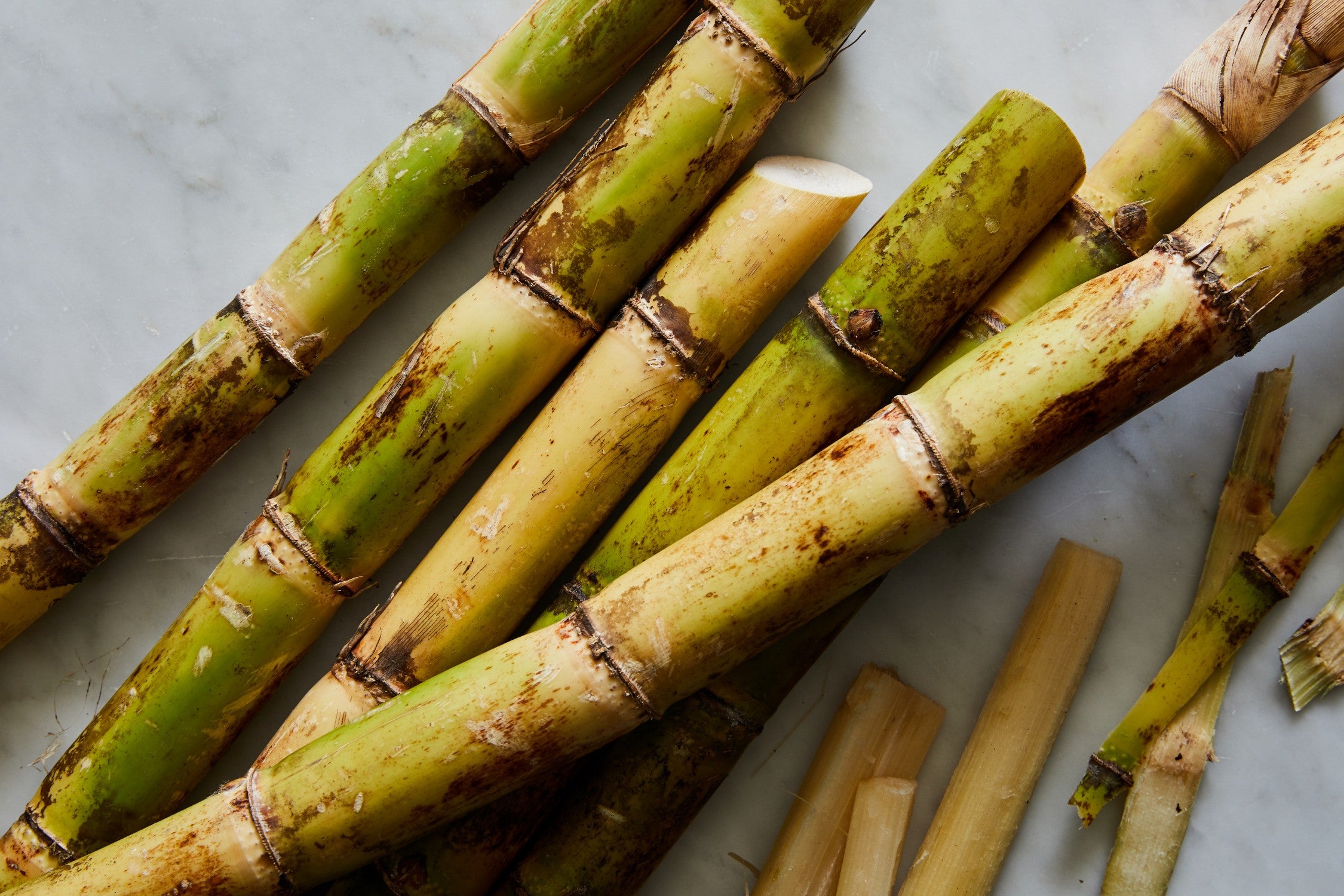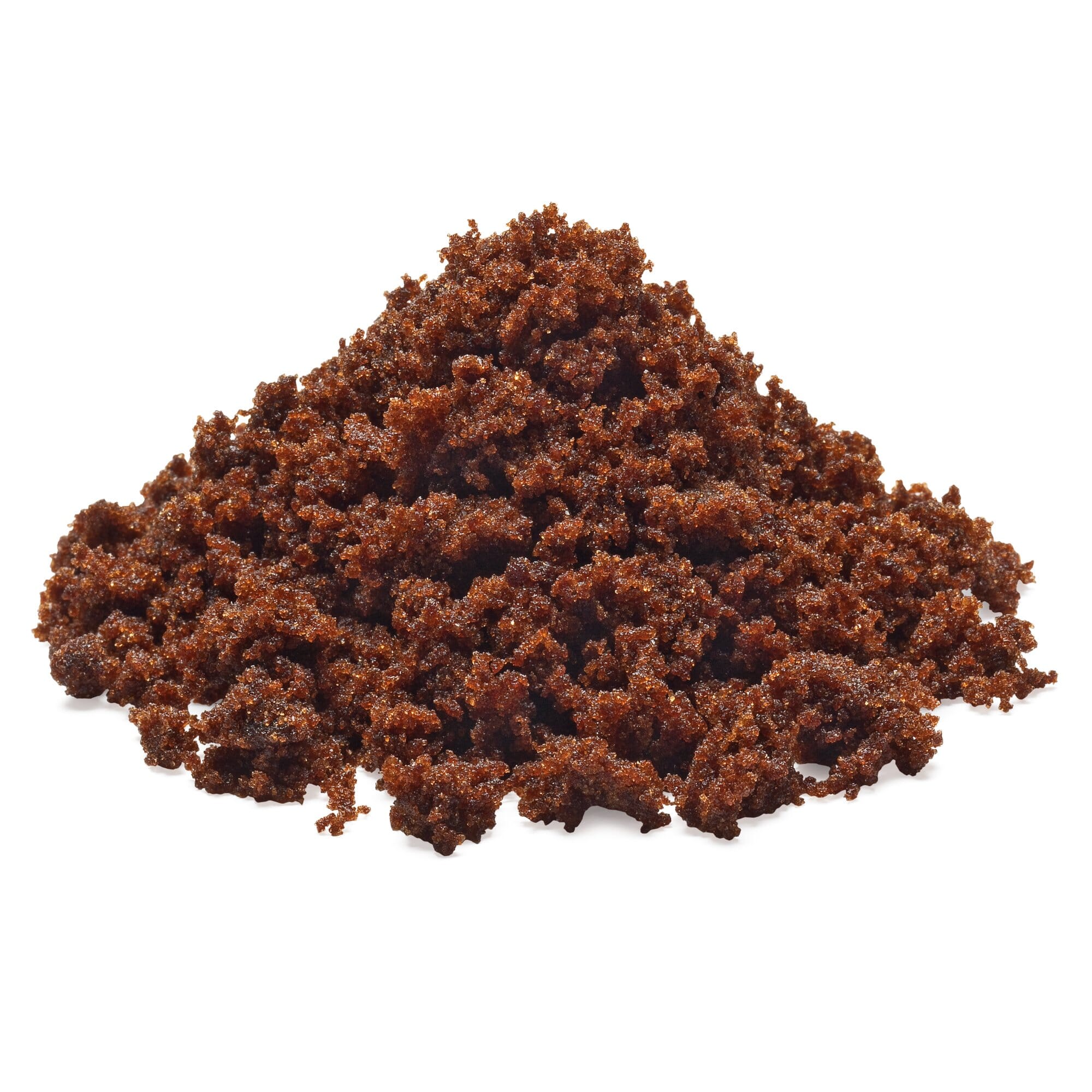Cane Sugar Processing: Conventional Approaches and Modern Innovations
Exploring the Comprehensive Tips Entailed in Walking Stick Sugar Processing From Harvesting to Improvement
The procedure of cane sugar production incorporates a series of complex actions, beginning with the cautious harvesting of sugarcane and finishing in the refinement stages that ensure the final product satisfies industry requirements. Each phase, from the removal of juice to the filtration and condensation processes, plays a crucial role in identifying the top quality and character of the sugar.
Harvesting Sugarcane
Gathering sugarcane is a vital action in the cane sugar processing chain, as it straight affects the quality and yield of the end product. Proper timing and methods are crucial during this stage to ensure ideal sugar web content and reduce losses. Normally, sugarcane is harvested when it gets to maturation, normally 12 to 18 months after planting, characterized by a high sucrose concentration.

Post-harvest, the sugarcane must be processed swiftly to avoid sucrose degradation. Preferably, collected walking stick ought to be carried to processing centers within 24-hour to maintain sugar high quality. For that reason, effective logistical preparation is critical to keep the stability of the harvested plant throughout the supply chain.
Removal Process

The smashed walking cane undergoes a collection of pushing operations to maximize juice recovery. Usually, hot water is sprayed onto the smashed walking cane, developing a countercurrent circulation that aids liquify the sugar while likewise helping in the extraction process. The juice collected from this operation has not just sugar however likewise numerous organic substances and impurities.

To boost removal efficiency, some centers might employ diffusion methods, where the sugarcane is taken in warm water, enabling the soluble sugars to diffuse into the liquid. The resulting juice, rich in sucrose, is then directed to subsequent handling phases, laying the structure for filtration and improvement. The removal process is therefore critical in figuring out the high quality and return of the final sugar product.
Purification Techniques
The filtration strategies used in walking cane sugar handling are crucial for changing the raw juice right into a premium sugar item. These techniques mostly intend to eliminate pollutants, such as dirt, plant products, and not natural materials, which can adversely affect the last item's flavor and color.
One of the most usual purification techniques is explanation. This procedure entails adding lime and warmth to the raw juice, which assists in the coagulation of contaminations. The resulting precipitate is after that removed with sedimentation or filtration, producing a clearer juice. Furthermore, the use of phosphoric acid can enhance the explanation process by more binding contaminations.
One more significant strategy is carbonatation, where carbon dioxide is presented to the cleared up juice. find this This response creates calcium carbonate, which captures staying contaminations and advertises their removal.
Moreover, activated carbon treatment may be related to adsorb any type of remaining colorants and organic contaminations, making certain a more refined item. The combination of these techniques properly prepares the sugar juice for subsequent action in the refining procedure, setting the phase for the manufacturing of high-quality walking cane sugar.
Crystallization Techniques
After the purification stage, the following essential step in cane sugar processing entails crystallization techniques, which play a critical role in changing the clarified juice into strong sugar. This procedure commonly uses two key methods: spontaneous condensation and regulated crystallization.
In spontaneous crystallization, supersaturated sugar services are enabled to cool naturally, leading to the formation of sugar crystals over time. This technique allows for the uniform growth of sugar crystals and higher pureness.
Throughout formation, the made clear juice is concentrated through dissipation, raising its sugar web content till it reaches supersaturation. Once this point is achieved, either method can facilitate the crystallization process. Cane Sugar Processing. The resultant sugar crystals are then divided from the staying syrup through centrifugation
Ultimately, the option of formation technique affects the high quality, dimension, and purity of the last sugar item, making this step crucial in the general cane sugar handling treatment.
Refinement and Packaging
Exactly how can the purity and top quality of walking stick sugar be additionally improved after crystallization? The improvement procedure plays a critical duty in accomplishing premium cane sugar. Following formation, sugar undertakes a thorough washing to remove contaminations and recurring molasses. This is typically accomplished using warm water or steam, which helps liquify and draw out unwanted aspects read the full info here while protecting the sugar crystals.
Next, the sugar undergoes a procedure called centrifugation, where it is click reference spun at broadband to separate the cleansed sugar crystals from the continuing to be liquid. After centrifugation, the sugar is commonly further refined with a technique called carbonization or phosphatation, which makes use of activated carbon or phosphoric acid to get rid of shade and off-flavors.
Once refined, the sugar is dried to accomplish the wanted moisture content, making sure that it remains steady throughout storage space and transportation. The last step entails packaging the polished sugar in moisture-proof and closed containers to preserve its top quality and avoid contamination. Cane Sugar Processing. Correct packaging not just prolongs life span but likewise helps with very easy handling and circulation, making certain that customers receive sugar that satisfies the highest criteria of pureness and high quality
Conclusion
The comprehensive actions associated with cane sugar handling, from the meticulous harvesting of sugarcane to the detailed refinement and product packaging phases, emphasize the significance of each stage in making certain high-grade sugar production. Optimal harvesting techniques, reliable extraction approaches, and rigorous filtration procedures collectively add to the end product's purity and security. The crystallization and subsequent product packaging techniques further enhance the stability and shelf life of the sugar, highlighting the complexity and accuracy inherent in this vital agricultural sector.
The process of cane sugar manufacturing incorporates a collection of elaborate actions, starting with the cautious harvesting of sugarcane and culminating in the refinement phases that make sure the last item satisfies industry criteria. Ideally, collected walking stick ought to be transferred to refining centers within 24 hours to preserve sugar top quality.In spontaneous formation, supersaturated sugar options are allowed to cool down normally, leading to the formation of sugar crystals over time - Cane Sugar Processing. The improvement process plays an important role in attaining premium cane sugar.The thorough actions involved in walking cane sugar handling, from the precise harvesting of sugarcane to the detailed refinement and product packaging phases, emphasize the value of each phase in ensuring high-grade sugar manufacturing